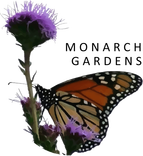-----------
In January of 2022 I was presented with an opportunity to design and plant a large native plant garden at our local zoo. The zoo director, who is a good friend of mine, was telling me about the exorbitant prices landscape companies had quoted him for the area surrounding the zoo's new giraffe exhibit. Before I could stop myself, I offered to landscape the entire area for the price of the plants but only if I could do it with all native plants. Josh agreed and I was suddenly in charge of the largest garden project of my life! I am a hobbyist gardener and had been working on my own native plant garden for roughly 3 years, but I had no formal training and had never designed such a large and public garden. I was completely overwhelmed at the thought!
As luck would have it, this was right around the time I ordered a copy of Prairie Up. I had read other garden design books that focused on a "natural" look, but many of them relied on exotics and cultivars for their completed compositions. Prairie Up focuses almost exclusively on native plants and how to put together a cohesive plant community. The lists of plant combinations and tips on matrix planting were especially helpful. The lessons of "right plant, right place" started to make sense and I began to formulate my own list of plant combinations. Plants were considered for their light, water, and soil requirements, bloom period, structural elements, and years to maturity. In some areas, I purposely used plants, such as lanceleaf coreopsis, that would put on a show in their second year while other slower maturing plants, such as prairie dock and royal catchfly, get established. This strategy has worked very well so far.
After figuring out my total square footage, I realized that I would need upwards of 4,000 plants to complete the garden. As suggested in the book, I created drawings that were to scale so I could start to visualize the final planted space. It was then time to contact a wholesale native plant nursery and start the process of placing a large order and setting delivery dates. I am a member of our local Wild Ones chapter and was able to organize a group of Wild Ones volunteers for three planting days at the zoo. I arrived early in the morning to lay out my plugs and the volunteers came in behind me and planted. It was a community effort and I could not have finished this garden without the help of so many dedicated volunteers.
The area to be planted was largely backfill from the construction of the giraffe enclosure. Though I had chosen plants that can handle some pretty rough conditions, I decided to amend the soil with some compost supplied by out city's organic resources department. This turned out to be a mistake in the long run. The compost carried a heavy weed seed load and weed control has been by far the biggest thorn in my side ever since. I can not over emphasize the importance of vigilant weed control in the first year of planting. Hand pulling weeds and clipping off seed heads of annual weeds has slowly started to turn the tide in favor of the natives. Prairie Up had a suggestion of using a cover crop which I decided to try this year. I spread a half pound of plains coreopsis seeds throughout the garden and have been very pleased with the results. The coreopsis is not only pretty, it has helped to suppress weeds and still allows enough light to reach the perennials. In retrospect, I underestimated the hardiness of our native plants and I should have skipped amending the soil all together.
Overall, the response to this garden has been overwhelmingly positive. The zoo director commented that he thinks more animals live in the native plant garden that all the rest of the zoo combined. Every time I stop by to do a little weed control, the place is buzzing and twittering with bees, butterflies, and birds. The butterfly weed (all 200 of them) was loaded with monarch caterpillars this spring and flocks of gold finches visit the coreopsis seed heads daily. The swells of color change every week as a new species reaches its peak and another fades. I am anticipating the blooming of 100 rough blazing stars blooming against a stand of showy goldenrod in the coming weeks. I see visitors stop and take pictures against backdrop of blooming natives. Native plants are now a part of the memories these families are making together at the zoo. I really could not be happier with the progress of this garden.
Plant list:
Prairie dropseed (Sporobolus heterolepis)
Little bluestem (Schizachyrium scoparium)
Big bluestem (Andropogon gerardi)
Grey-headed coneflower (Ratibida pinnata)
Hoary vervain (Verbena stricta)
Rough blazing star (Liatris aspera)
Purple coneflower (Echinacea purpurwa)
Lanceleaf coreopsis (Coreopsis lanceolata)
Black eyed Susan (Rudbeckia hirta)
Calico penstemon (Penstemon calycosus)
Dense blazing star (Liatris spicata)
Aromatic aster (Symphyotrichum oblongifolium)
Western sunflower (Helianthus occidentalis)
Side oats grama (Bouteloua curtipendula)
Butterfly weed (Asclepias tuberosa)
Showy goldenrod (Solidago speciosa)
Pale purple coneflower (Echinacea pallida)
Purple prairie clover (Dalea purpurea)
Prairie dock (Silphium terebinthinaceum)
Rattlesnake master (Eryngium yuccifolium)
Anise hyssop (Agastache foeniculum)
Royal catchfly (Silene regia)
False sunflower (Heliopsis helianthoides)
Tall coreopsis (Coreopsis tripteris)
Hollow Joe Pye (Eutrochium fistulosum)
Wild strawberry (Fragaria virginiana)
Plains coreopsis (Coreopsis tinctoria)
Wild petunia (Ruellia humilis)
Swamp milkweed (Asclepias incarnata)
Eastern prickly pear (Opuntia humifusa)

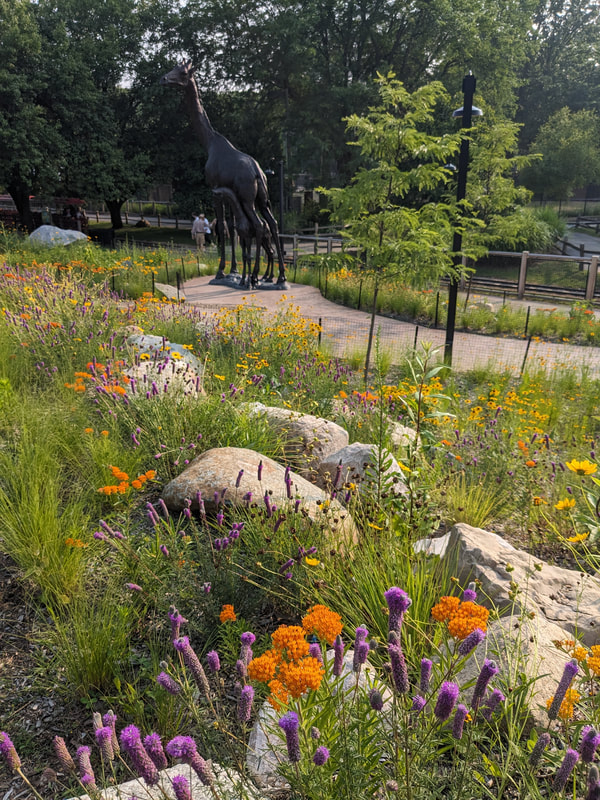
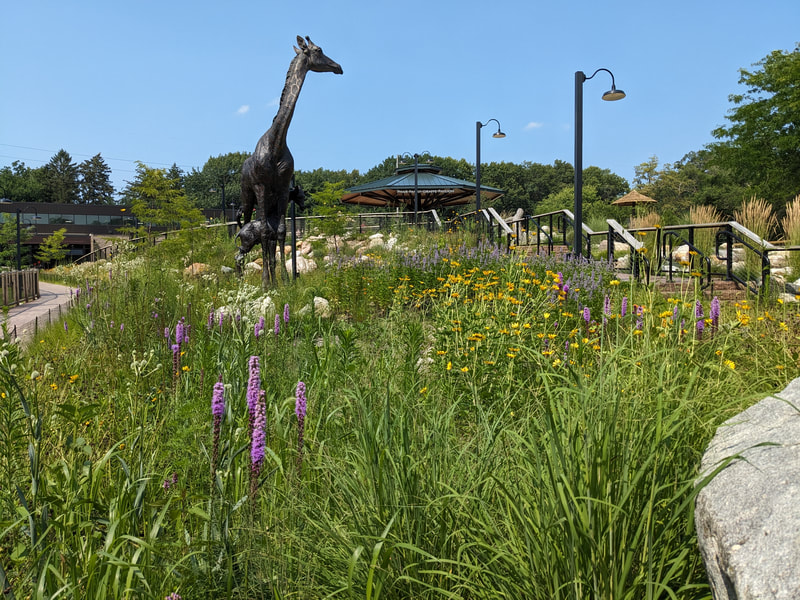
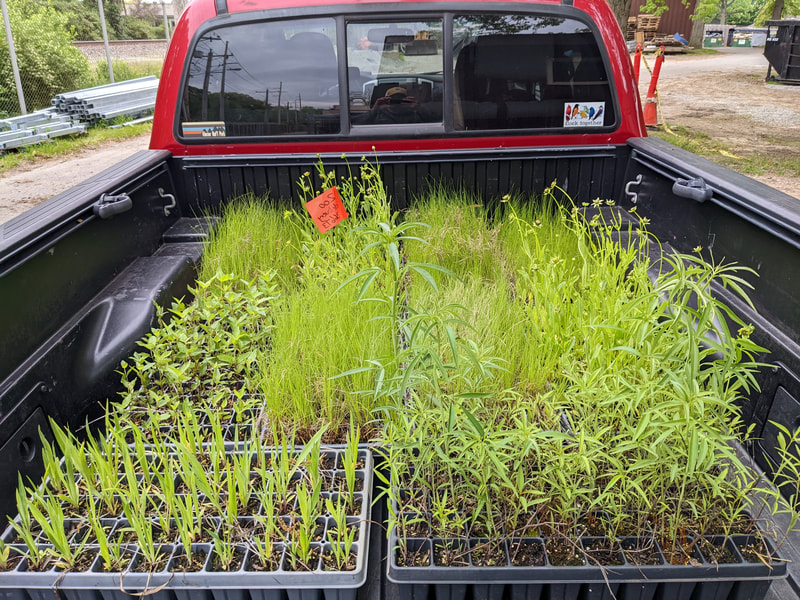
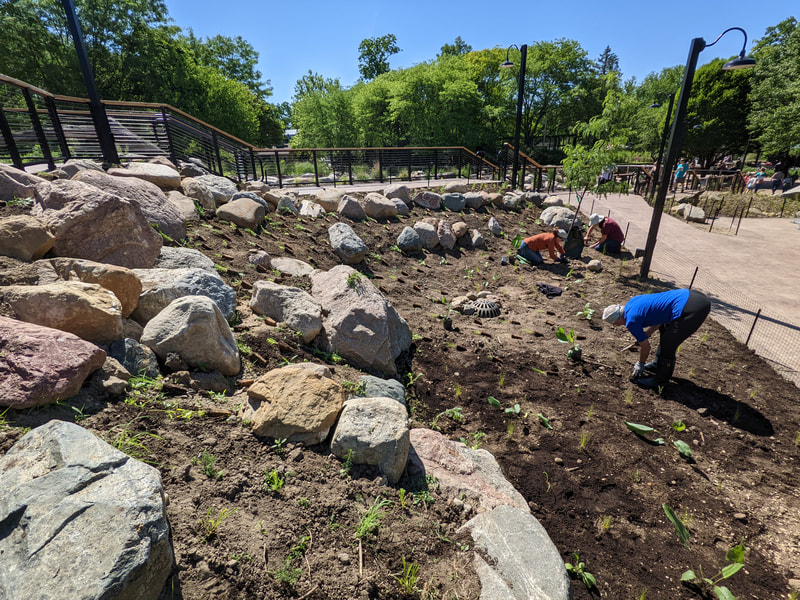
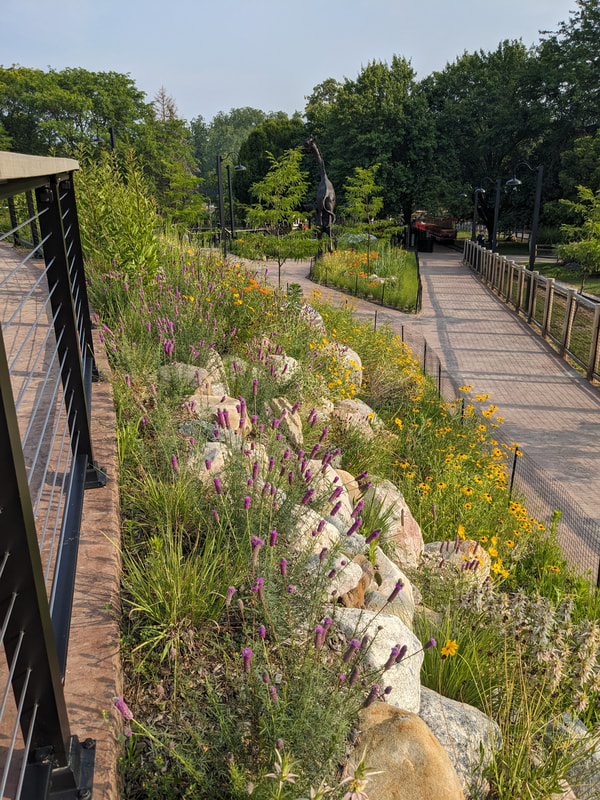
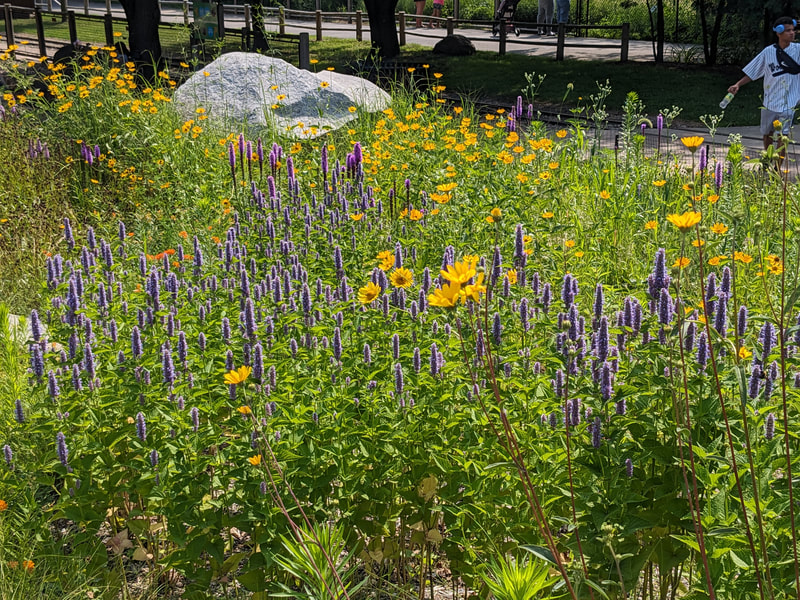
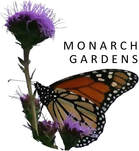
 RSS Feed
RSS Feed

